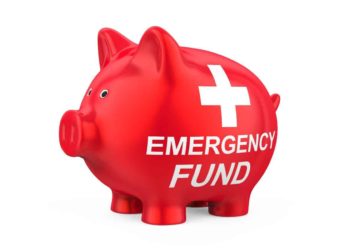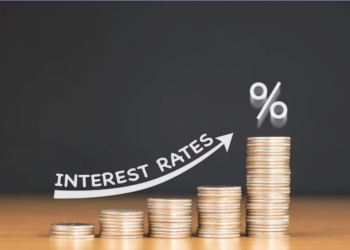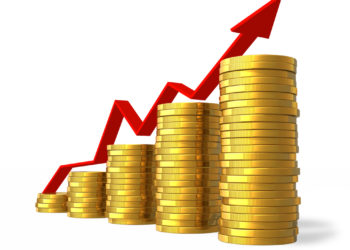In 2023, Kenya experienced an economic growth of 5.5%, marking a decline from the 6.0% growth observed in 2022.
This growth was propelled by a notable 7.7% upswing in the agricultural sector, attributable to favorable weather conditions. However, this positive momentum was counterbalanced by subdued performances in sectors such as electricity, water supply, manufacturing, construction, and transport & storage.
Throughout the year, the country’s gross domestic product (GDP) exhibited a gradual increase, with growth rates of 5.3%, 5.4%, and 5.9% in Q1, Q2, and Q3, respectively—a testament to ongoing economic recovery.
Despite these positive indicators, business conditions remained muted, as reflected by the Stanbic Bank Monthly Purchasing Managers’ Index (PMI) averaging at 48, indicative of a deteriorating business environment.
Concurrently, the Kenyan Shilling depreciated by 26.8% against the US Dollar, closing at KES 156.5 in 2023. This depreciation was attributed to heightened dollar demand and an increase in USA Federal interest rates, which rose by 100 basis points from a range of 4.25%-4.50% in December 2022 to a range of 5.25%-5.50% in July 2023.
However, the Shilling found some relief through improved diaspora remittances and foreign loan disbursements, mitigating further depreciation.
The inflation rate averaged 7.7% in 2023, a slight uptick from the 7.6% recorded in 2022. Despite the challenging macroeconomic landscape, government interventions such as fuel stabilization mechanisms and fertilizer subsidies aimed at reducing production costs are anticipated to contribute to the stabilization of the economy in the future.
In 2023, Kenya’s Monetary Policy Committee (MPC) convened seven times, implementing a cumulative increase of 375 basis points in the Central Bank Rate (CBR) throughout the year, reaching 12.5% in December, up from 8.75% at the beginning of the year. This move was intended to curb inflation and stabilize the depreciating Kenyan Shilling.
The depreciation of the Shilling, accounting for 3.0% of the 6.8% inflation rate recorded in November, along with the high cost of debt service, were pivotal factors influencing the MPC’s decision to raise the CBR to 12.5% in the December sitting.
The MPC is anticipated to continue raising CBR rates to anchor the Kenyan Shilling, which experienced a significant 26.8% depreciation against the US Dollar in 2023.
Kenya’s escalating debt levels have raised concerns, leading credit rating agencies such as Moody’s, S&P Global, and Fitch to downgrade the country’s credit outlook from stable to negative. This downgrade has impeded Kenya’s access to more affordable loans in the international financial markets, with yields on the 10-year 2014 Eurobond Issue reaching a peak of 20.3% on October 3, 2023.
Despite these challenges, various asset classes exhibited improved returns in 2023. The average yield of the top five Money Market Funds (MMFs) was 12.1%, surpassing the 9.8% average recorded in 2022 by 2.3%.
Similarly, the 364-day, 182-day, and 91-day Government papers recorded average yields of 12.7%, 12.4%, and 12.2%, respectively. However, the equities class faced a setback with a 28.4% loss in 2023, a decline from the 23.4% loss recorded in 2022. As we look ahead, it remains to be seen how these trends will evolve and their potential impact on Kenya’s economy.
Assessing Kenya’s economic trends in 2023


















